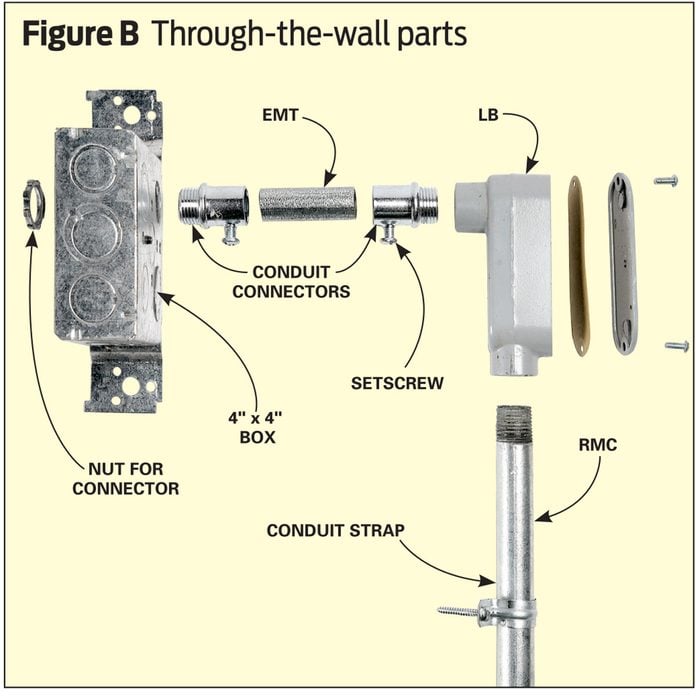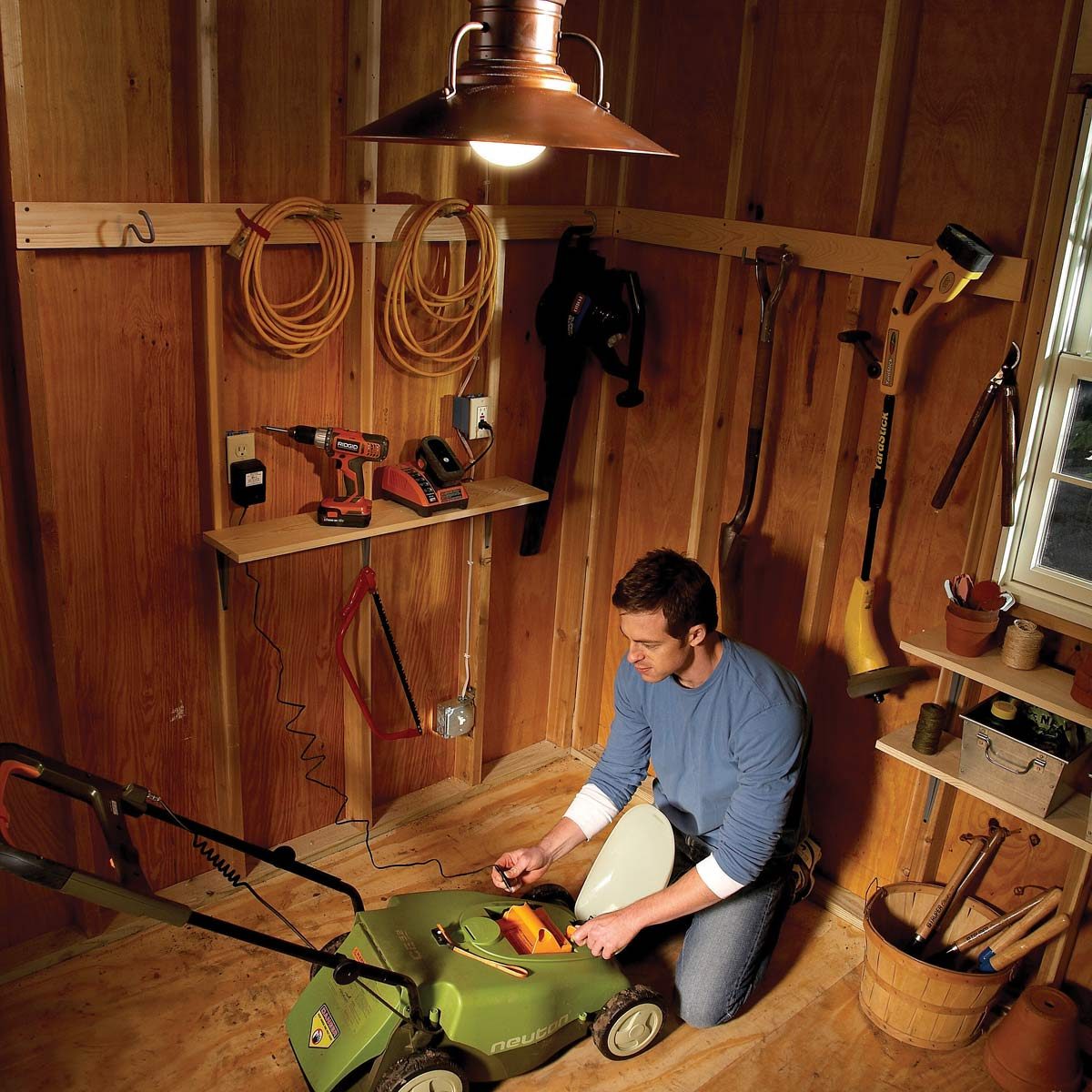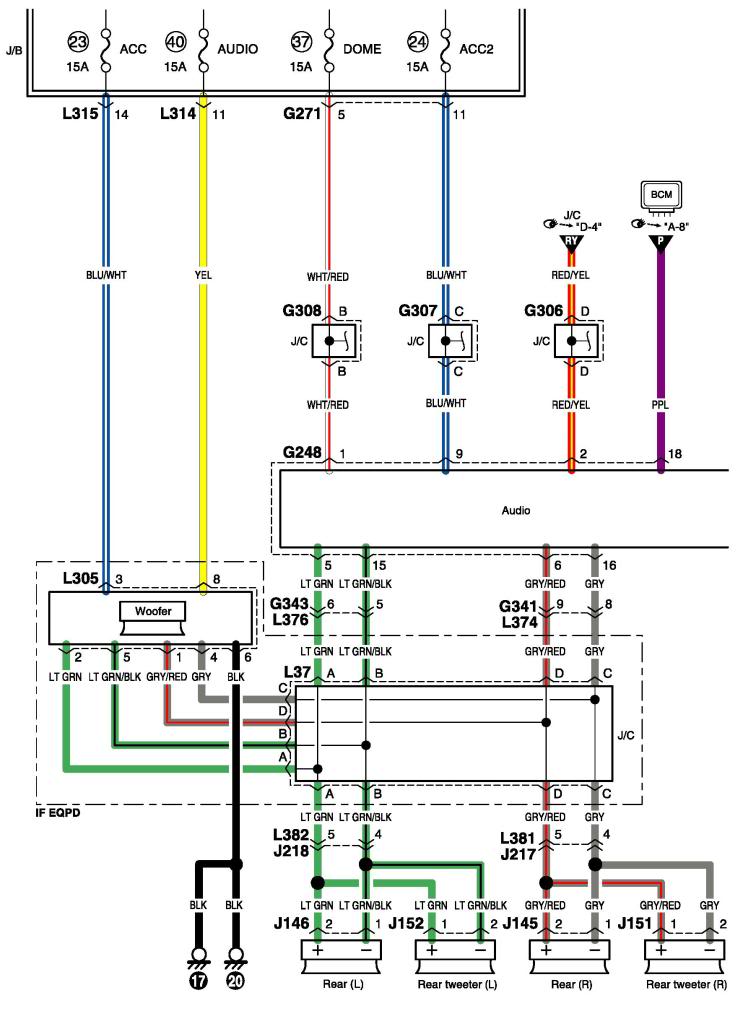2022 cost to wire or rewire a house
Table of Contents
Table of Contents
Are you considering running electrical wiring in your house? It can be a daunting task, but with the right tools and knowledge, you can successfully handle the job. Here’s everything you need to know about how to run electrical wiring in a house.
Pain Points
Running electrical wiring in a house can be intimidating, especially for those who don’t have experience with DIY electrical work. Some common pain points include not knowing where to start, not having the right tools, and concerns about safety and avoiding electrical hazards. Additionally, the cost of hiring a professional electrician can also be a concern.
Answering How To Run Electrical Wiring In A House
The first step to successfully running electrical wiring in your house is to familiarize yourself with local building codes, safety guidelines, and the tools needed for the job. It’s also important to have a solid understanding of electrical circuits and how they work. Before beginning any electrical work, be sure to turn off power to the area you’ll be working in, and never work on live wires.
You’ll need to plan out the wiring route before starting the job, taking into account the placement of outlets, light switches, and other electrical components. Make sure to use the correct wire gauge for each circuit, and be mindful of voltage drop when running long wires. Once the wiring is in place, it’s important to test it thoroughly to ensure it’s properly installed and safe to use.
Summary of Main Points
Knowing how to run electrical wiring in a house can save you money and provide a sense of satisfaction from completing a DIY project. However, it’s important to proceed with caution and follow all safety protocols to avoid any electrical accidents. Plan the wiring route, use the right tools and wire gauge, and test for proper installation and safety.
Targeting How To Run Electrical Wiring In A House
When my wife and I bought our first house, we quickly realized that some rooms lacked sufficient outlets to meet our needs. Rather than hire an electrician, I decided to tackle the job myself. After doing some research, I was able to map out a wiring plan that made sense for our needs. Thanks to proper planning and a little elbow grease, I was able to successfully run electrical wiring in our house.
When considering how to run electrical wiring in a house, it’s important to take your specific needs into account. Consider how you’ll use each room, where electrical components will be located, and any potential future needs (such as adding a home theater system). By taking the time to plan out the wiring before starting the job, you can ensure that the end result meets your specific needs and makes your house more functional overall.
Going Deeper Into the Explanation
One common mistake that homeowners make when running electrical wiring is not taking voltage drop into account. Voltage drop occurs when long wires or low gauge wires are used, causing the voltage of the electrical current to decrease. This can cause issues with devices such as dimming light bulbs or overheating electronics. To avoid this, it’s important to use the correct wire gauge for each circuit and to plan the wiring route to minimize the length of each wire. Additionally, it’s a good idea to use a voltage drop calculator to determine if any circuits are at risk of experiencing voltage drop.
Understanding Electrical Circuits
Before starting any electrical work, it’s important to have a solid understanding of how electrical circuits work. An electrical circuit is a path that electrical current flows through, consisting of a power source (such as an outlet), wires, and electrical components (such as a light switch). Understanding how circuits work can help you plan the wiring route and troubleshoot any issues that may arise during installation.
Targeting Common Concerns
Many homeowners are concerned about the safety of running electrical wiring in their house, and for good reason. Electrical accidents can be dangerous or even fatal, especially for those who aren’t experienced with DIY electrical work. However, by following proper safety protocols and precautions, homeowners can safely run electrical wiring in their house.
Some common safety tips include always turning off power to the area you’ll be working in (and testing to make sure it’s off), using insulated tools, avoiding touching wires with wet hands, and wearing protective gear such as gloves and safety glasses. If you’re unsure about any aspect of the electrical work, it’s best to consult a professional electrician.
The Question and Answer Section
Q: Can I run electrical wiring without a permit?
A: It’s important to check local building codes and regulations to determine if a permit is required for electrical work. In many areas, a permit is required for any electrical work that involves adding or modifying circuits. Failure to obtain a permit can result in fines or even legal trouble down the road.
Q: How do I know if my wiring is safe?
A: It’s important to test the wiring thoroughly before use to ensure it’s properly installed and safe. Use a multimeter to test for a completed circuit, and check for any signs of damage or frayed wires. If you’re unsure about the safety of your wiring or are experiencing any issues, it’s best to consult a professional electrician.
Q: How can I avoid electrical hazards when running wiring?
A: The best way to avoid electrical hazards is to follow proper safety protocols and precautions. Always turn off power to the area you’ll be working in, use insulated tools, avoid touching wires with wet hands, and wear protective gear such as gloves and safety glasses. If you’re unsure about any aspect of the electrical work or are experiencing any issues, it’s best to consult a professional electrician.
Q: How long does it take to run electrical wiring in a house?
A: The length of time it takes to run electrical wiring in a house depends on a number of factors, including the size of the house, the complexity of the wiring plan, and the experience level of the DIYer. It can take anywhere from a few days to a few weeks to complete the job.
Conclusion of How To Run Electrical Wiring In A House
By following proper safety protocols, planning the wiring route, and using the correct tools and wire gauge, homeowners can safely and successfully run electrical wiring in their house. It can be a daunting task, but with the right knowledge and tools, homeowners can avoid the cost of hiring a professional electrician and enjoy the satisfaction of completing a DIY project that improves the functionality of their home.
Gallery
How To Run Electrical Wiring In A House / Run New Electrical Wiring In
Photo Credit by: bing.com /
Electrical - What Should I Use To Secure/organize Data Cable Runs

Photo Credit by: bing.com / wire speaker theater speakers secure wiring cable data wall runs use rough installation should organize room theatre center audio diy
7 Tips To Rough In Electrical Wiring At Home – Handyman Tips

Photo Credit by: bing.com / handymantips electrician estimate
Electrical Wiring: How To Run Electrical Wire Outside (DIY) | Family

Photo Credit by: bing.com / anywhere conduit handyman familyhandyman immediately bend fittings outlets
Basic House Wiring - Basic Wiring Diagram | Wiring Diagram - The Point
Photo Credit by: bing.com /
Pin On Adding An Electrical Outlet

Photo Credit by: bing.com / adding installing electric familyhandyman rewire connections diagrams
How To Run Electrical Wiring In A House - Tips For Coaxial Cable Wiring

Photo Credit by: bing.com / thespruce outlets circuits
2022 Cost To Wire Or Rewire A House | Electrical Cost Per Square Foot

Photo Credit by: bing.com / rewire homeguide
2022 Cost To Wire Or Rewire A House | Electrical Cost Per Square Foot

Photo Credit by: bing.com / rewire homeguide
Electrical Wiring: How To Run Electrical Wire Outside (DIY) | Family

Photo Credit by: bing.com /



